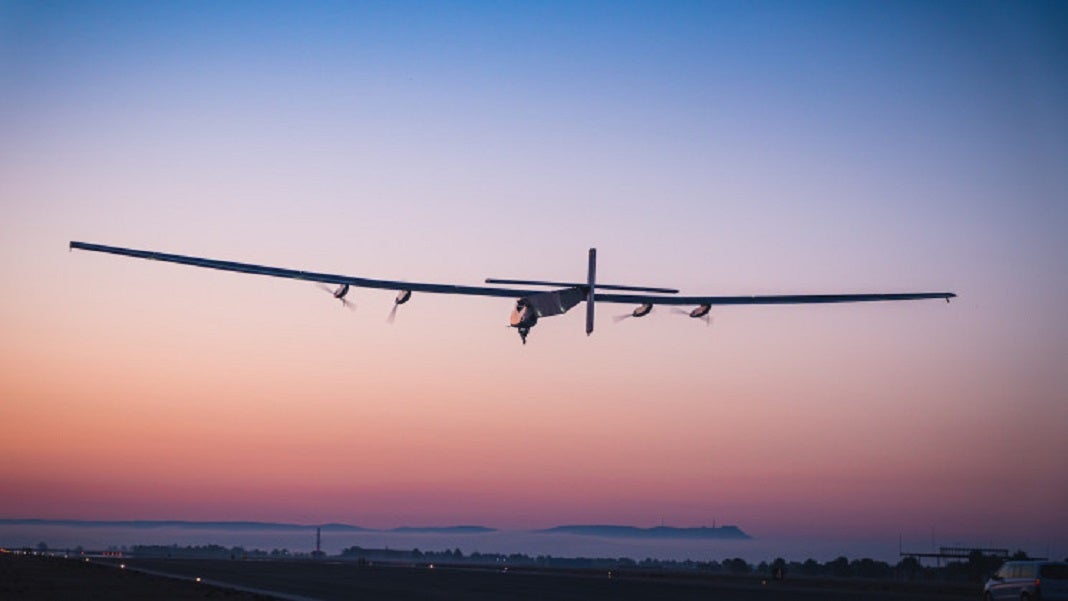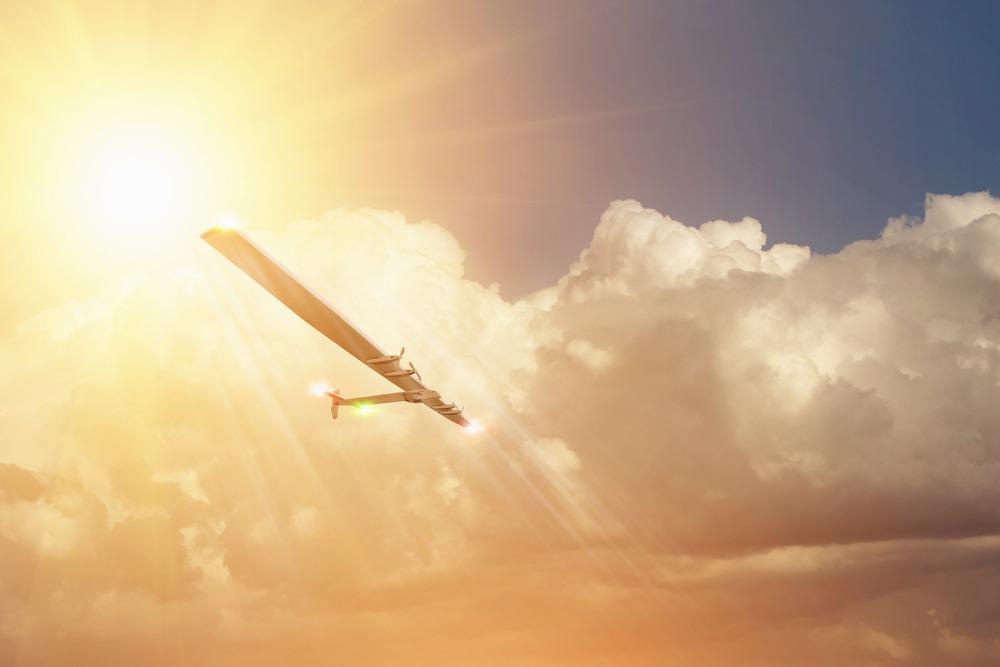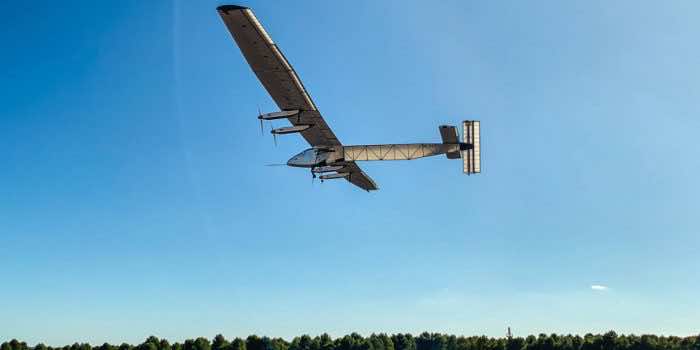A plane named Solar Impulse 2 went around the world without using any liquid fuel five years ago. The aircraft was solar-powered, as the name suggests. It wasn’t the quickest—it took about a year and a half to round the globe, covering 26,718 miles. However, it was a significant proof of concept and technological achievement.
Now, Solar Impulse 2 has a new leader with similarly bold aspirations. The new plane, suitably named Skydweller, will use the same fundamental technology as Solar Impulse 2 but will be autonomous and capable of flying continuously for up to 90 days. The plane is designed to fly automatically, much like a drone. A pilot would be present for safety but not as a requirement.
Skydweller Aero, a Spanish-American aerospace startup, developed the solar plane. The Defense Innovation Unit (DIU), in collaboration with the US Navy, has awarded the company a $14 million contract to upgrade and combine technologies in support of Skydweller’s development.

“Furthering perpetual flight aircraft for solving next-generation government sensing and monitoring solutions is critical to national security. This collaboration will accelerate the development of our platform, providing a viable, carbon-neutral solution which expands the aircraft mission capabilities significantly,” said CEO Dr. Robert Miller.

“This contract allows Skydweller to continue supporting the Department of Defense by addressing the current needs of our Combatant Commands and creating military-grade unmanned aerial systems that can operate safely and reliably at record endurance in various, changing environmental conditions.”
Skydweller’s major benefit is, of course, its ability to stay aloft for months at a time. The photovoltaic cells that cover the plane’s surface will generate electricity and keep it airborne. The aircraft will also be equipped with hydrogen fuel cells as a backup if it pours for several days in a row.

According to Miller, the plane may fly for a year and serve as the world’s first commercially viable pseudo-satellite. He seeks to have the aircraft in the air by 2023.
“A pseudo-satellite is an aircraft that stays aloft, let’s say, indefinitely,” explained Miller.
“That means 30, 60, 90 days — maybe a year. And as such, it can do basically anything you would imagine a satellite can do.” And since the plane can return to Earth whenever its operators desire, it would not create a problem with space debris that most satellites face today.


